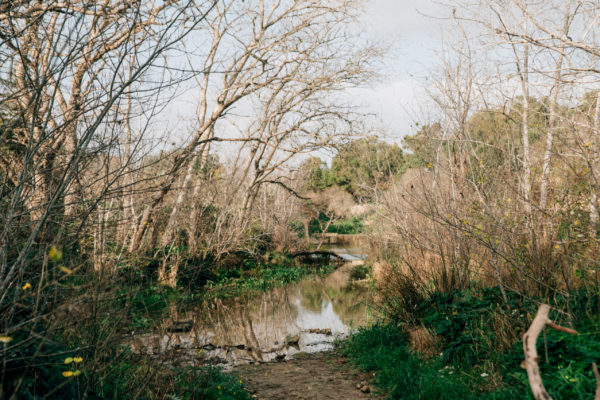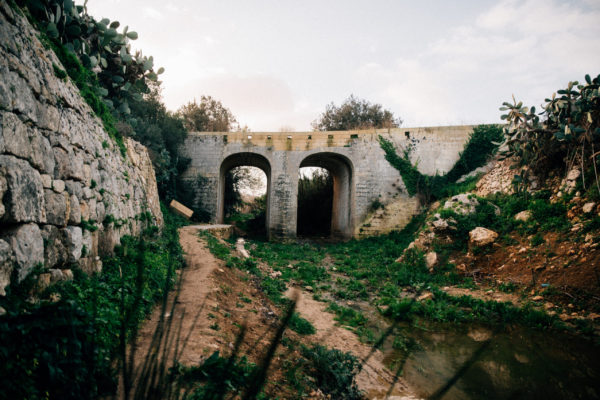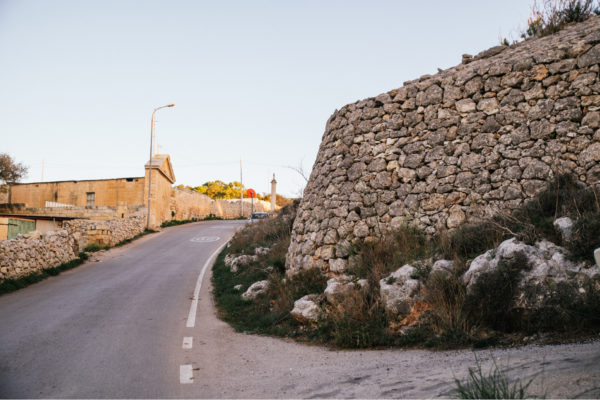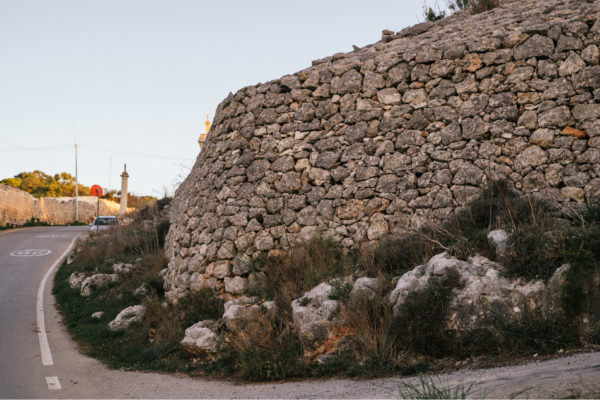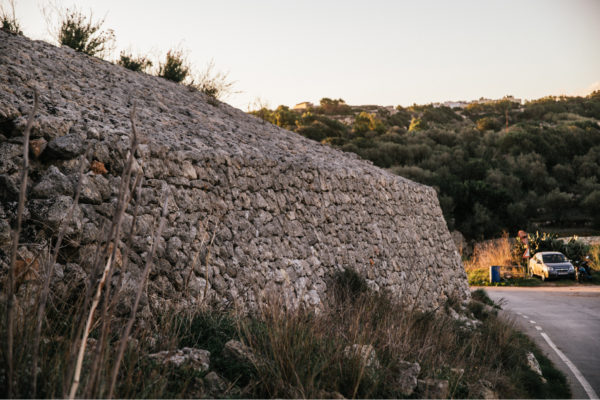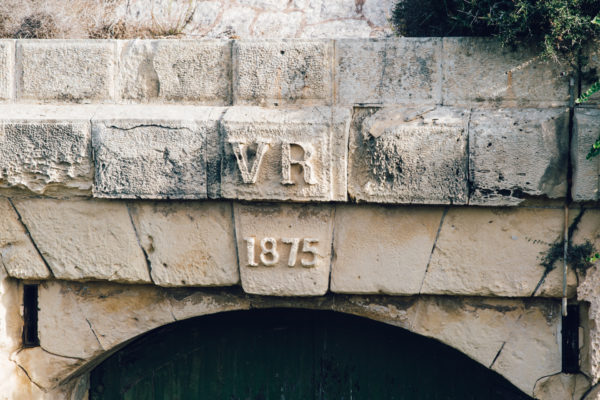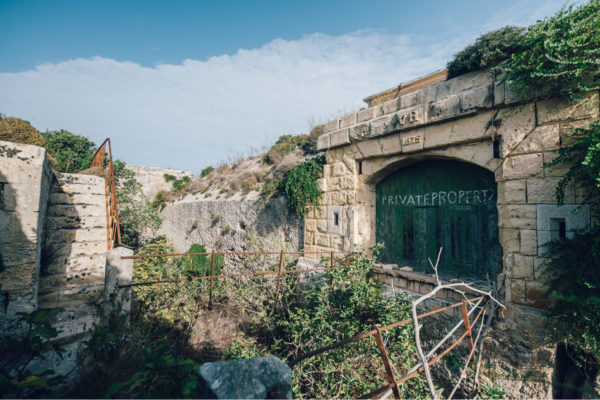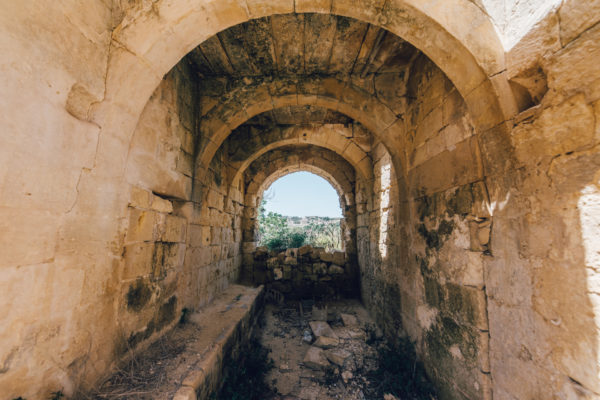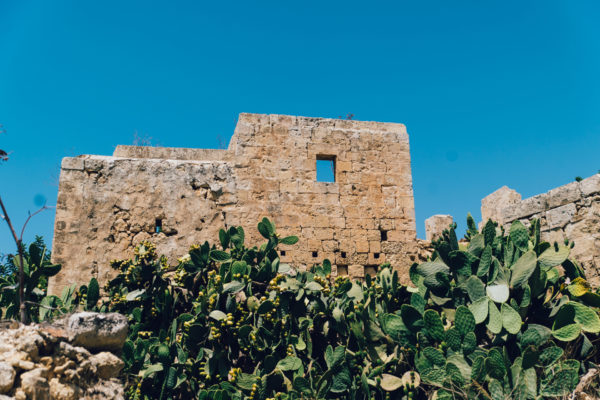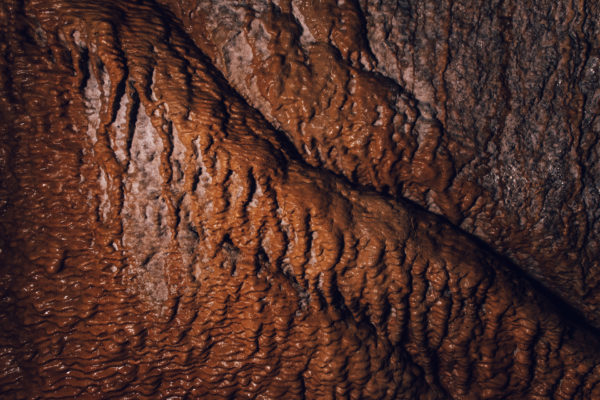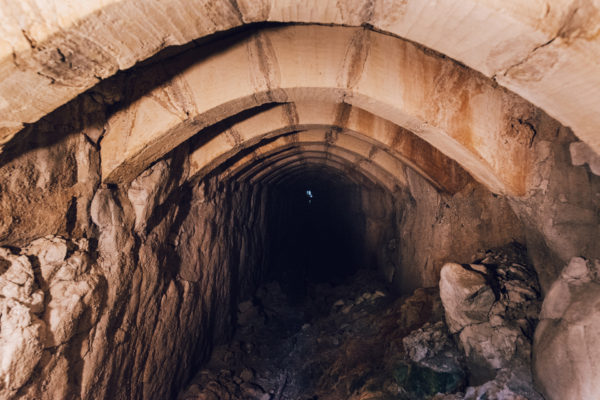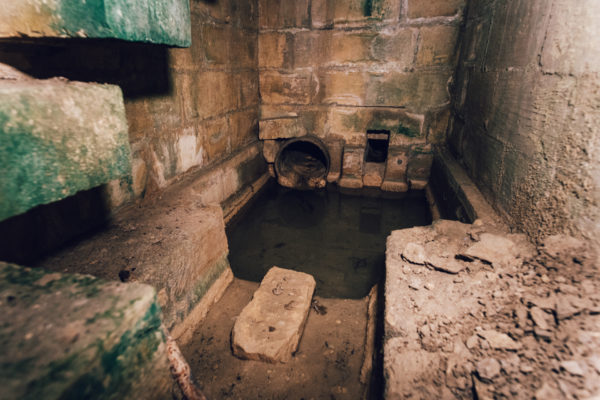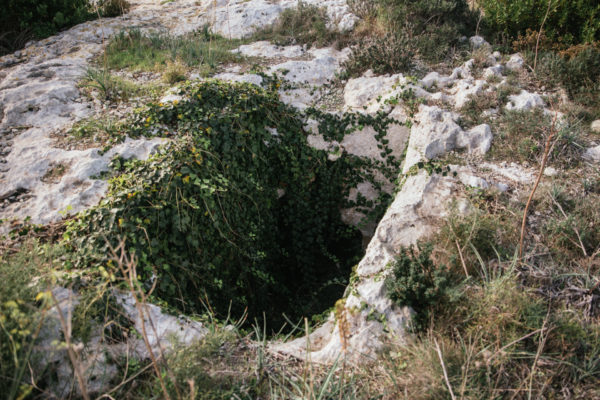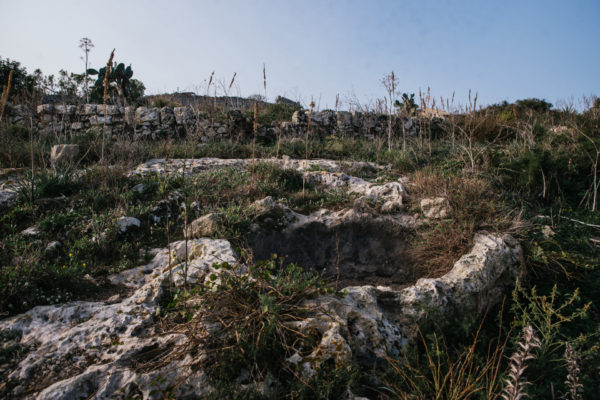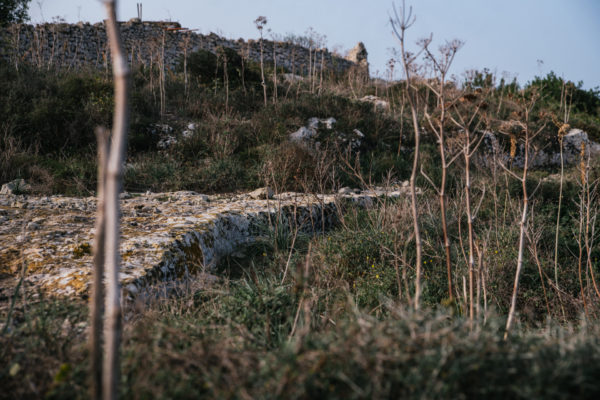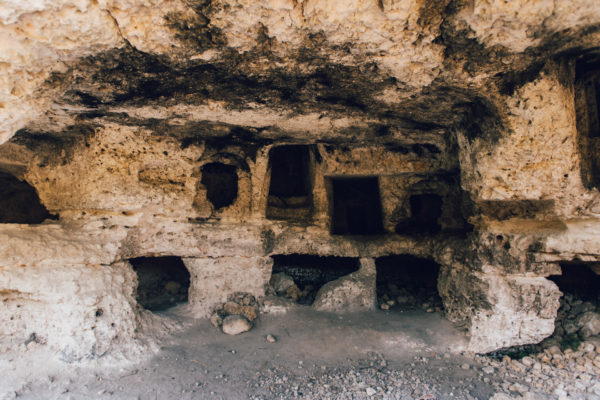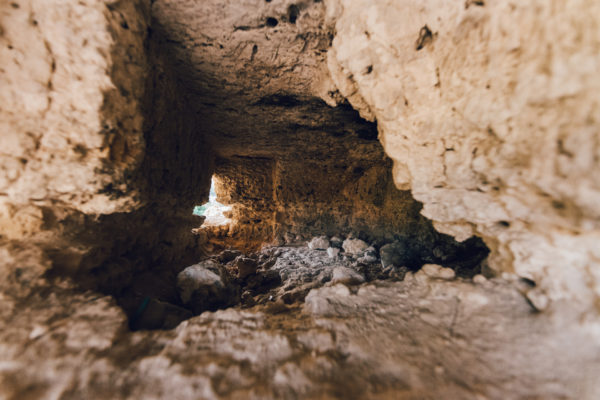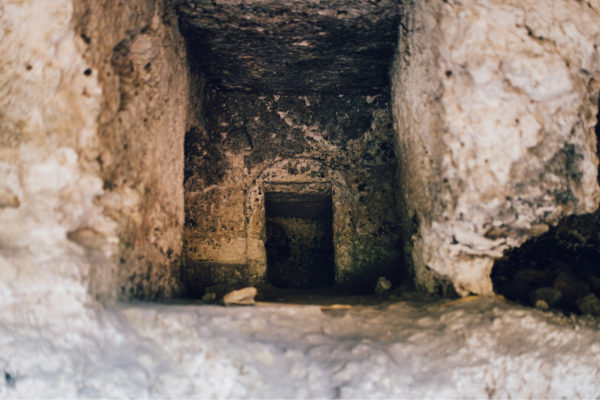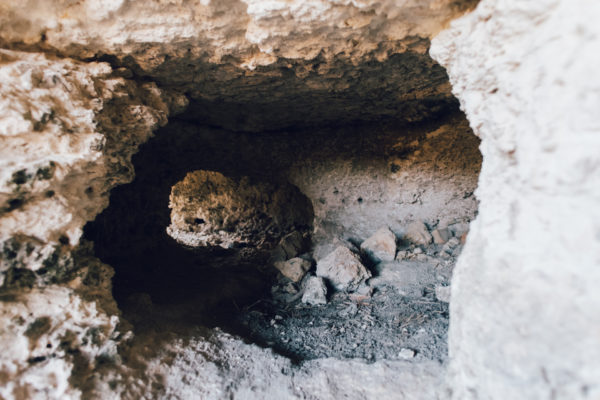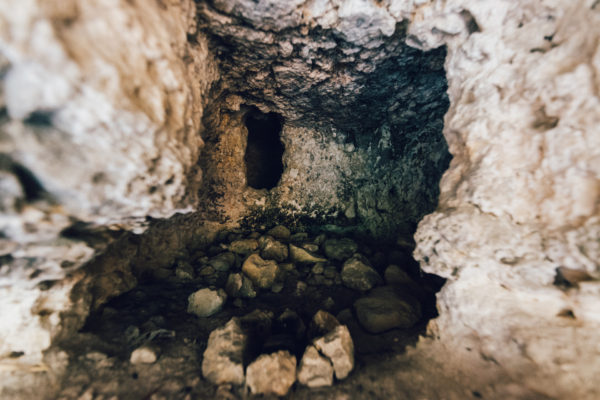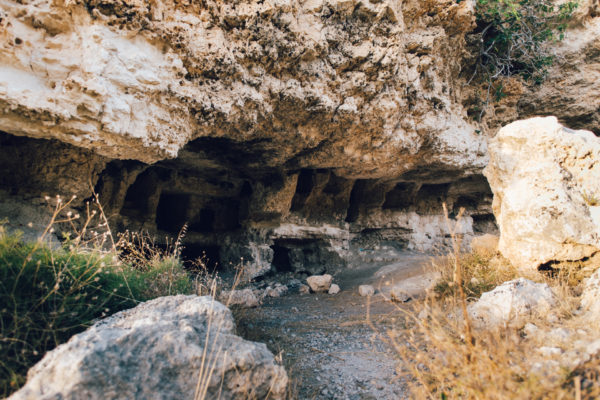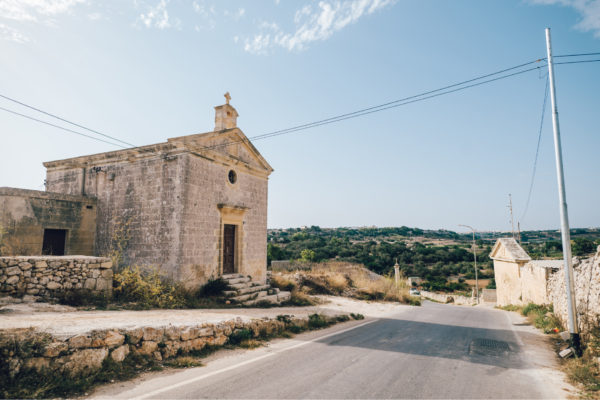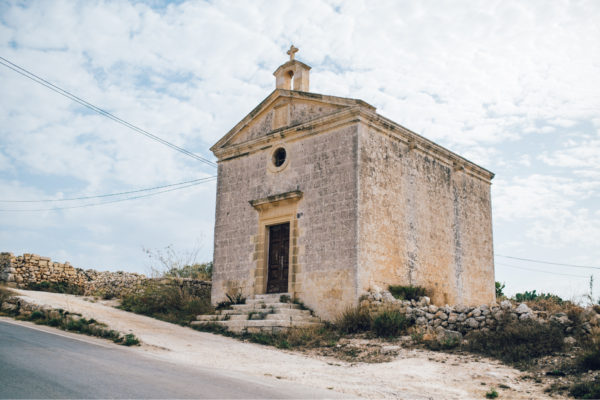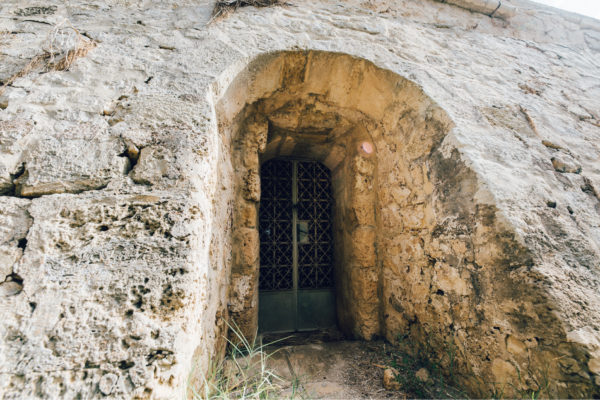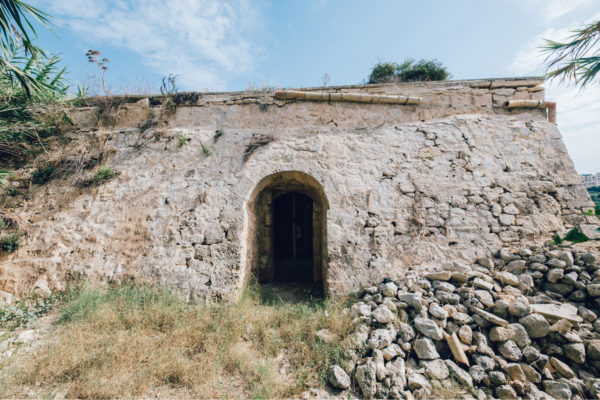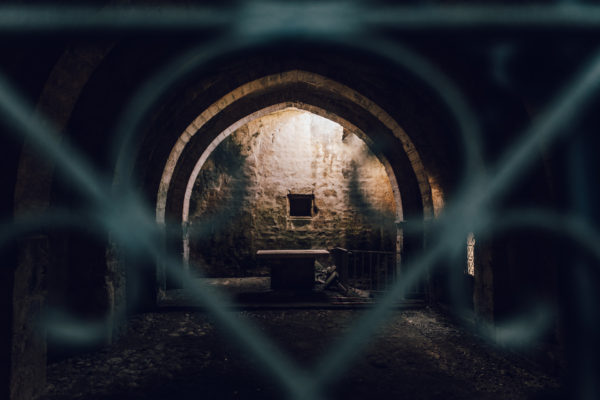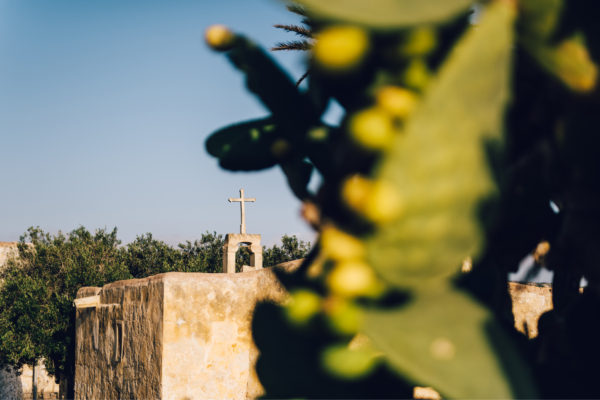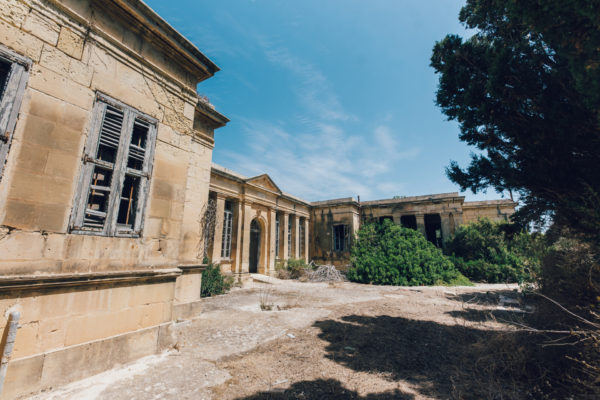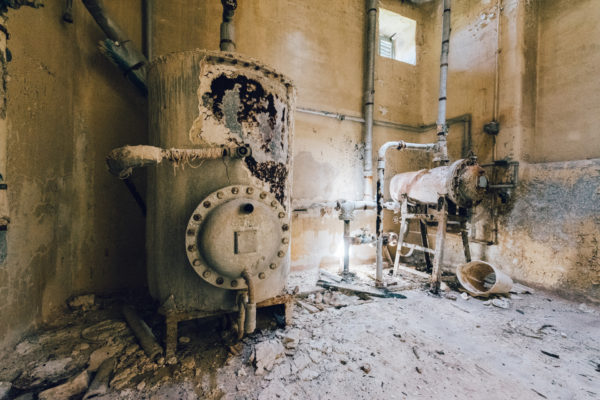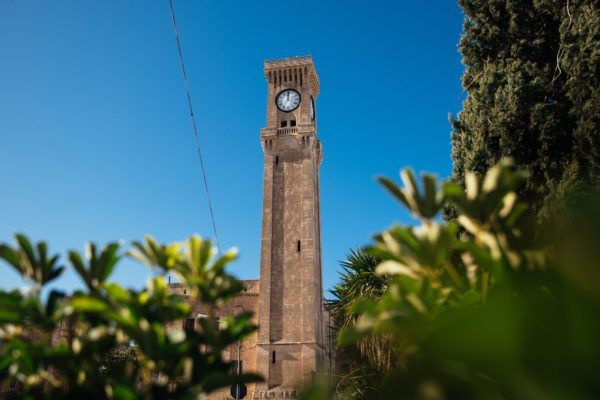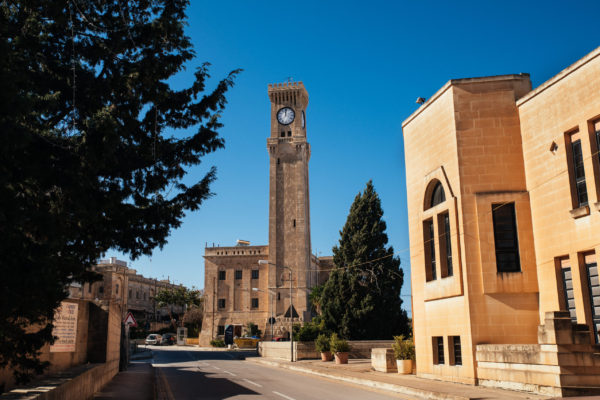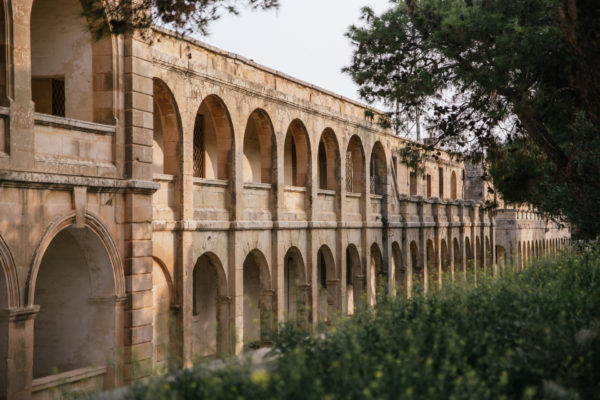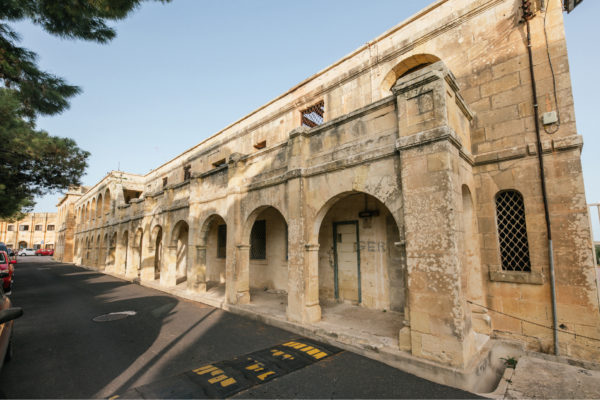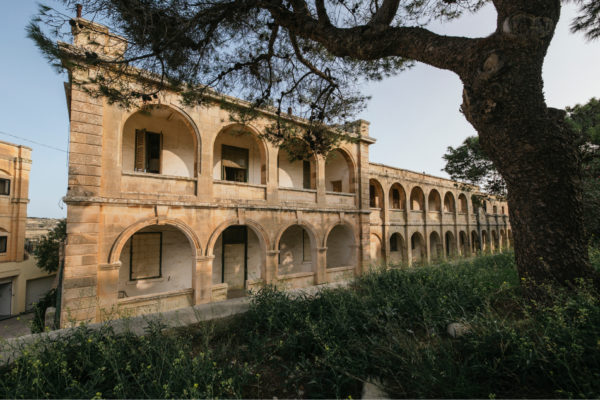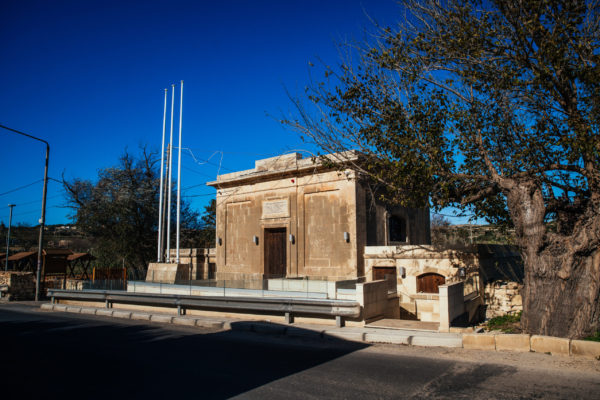
The large carpenter bee is a common European bee species and among the largest in Europe having a body length of 20 to 28 mm. It’s name derives from its nesting behaviour as nearly all species burrow into deadwood or reeds to create their nest. At first glance the bee appears to be black in colour, however when the sunlight catches the wings, the characteristic purple-blue sheen is reflected, hence the scientific name ‘violacea’.
They are important pollinators for open-faced flowers, shallow flowers, flowers with lids and are even obligate pollinator species for certain plant species. On occasions large carpenter bees are also known to ‘rob’ nectar. Given their short mouthparts they would not be able to reach the nectar, therefore they will slit the flower’s side. In this instance, pollination does not take place.
Although they are solitary in nature, they often tend to nest in the same general area. Every nest will contain a founding bee maintaining foraging, cell building, egg laying and guarding the nest. Generally only one generation of bees will live in the nest. Eggs are large relative to the female, and some of the largest in the insect world.
The entrance is a perfect circular hole 1.6 mm wide, the wood is not eaten but discarded or used internally to build cell partitions. The tunnel inside functions as a nursery and food store for the young. Males are often seen hovering around nests guarding it from any curios passers by, however these are harmless as they do not have a stinger. Females are capable of stinging, however, are docile and rarely sting unless provoked directly.
Large Carpenter bees hibernate over winter and emerge later on in spring, usually around April/May. In late spring or early summer they can be seen searching for possible mates and nesting sites.











